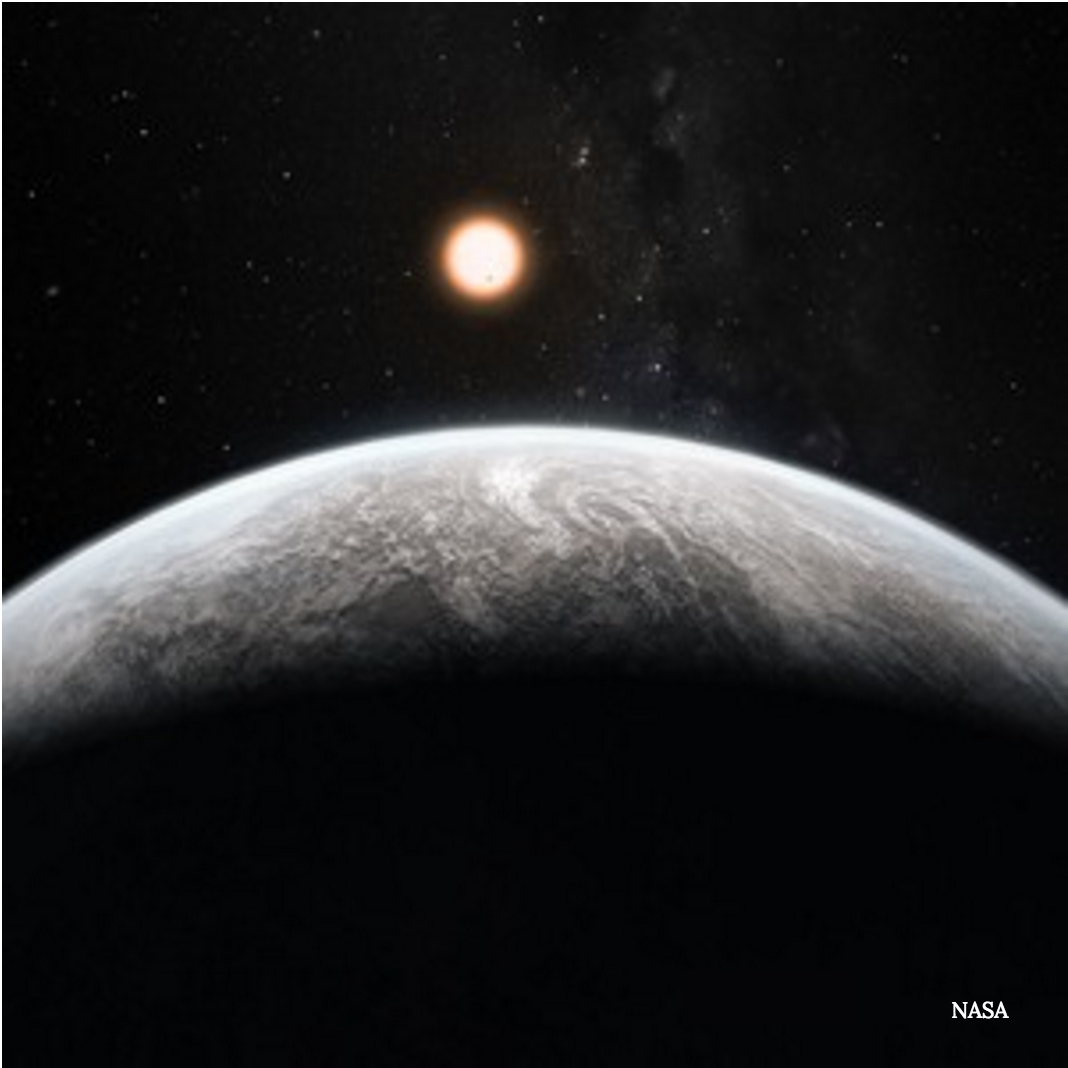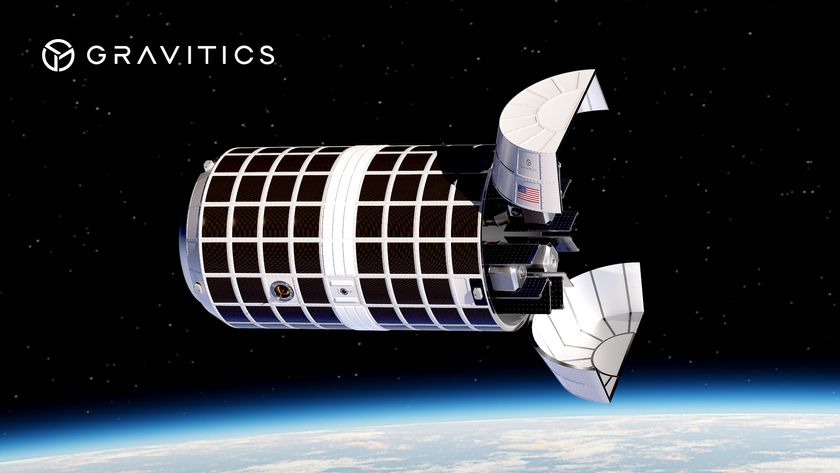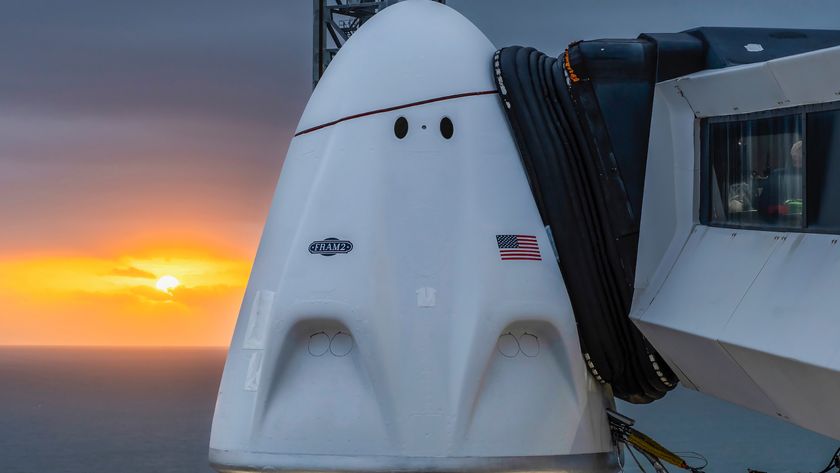Kepler Adds 100 to Galaxy's Planet Count

Astronomers have confirmed 104 planets beyond the solar system that were spotted by NASA's revamped Kepler space telescope.
Launched in March 2009, Kepler spent four years staring at small patch of the sky looking for slight dips in the amount of light coming from about 140,000 target stars. Scientists then used the information to determine which light dips are caused by planets passing across the face of their parent stars, relative to Kepler's line of sight, as opposed to, for example, stellar flares or eclipsing binary stars.
RELATED: Kepler Finds Exoplanet 'Toddler' in Tight Stellar Embrace
A pointing system problem sidelined Kepler in 2013, but engineers devised a new way to operate the telescope using its two remaining gyroscopes, its thrusters and the pressure of sunlight.
For stability, the telescope needs to be oriented nearly parallel to its orbital path around the sun, which is slightly offset from Earth's orbital plane, known as the ecliptic.
Kepler now observes a portion of the sky for up to 83 days and then rotates to prevent sunlight from coming into its field of view.
In its new mission, dubbed K-2, Kepler so far has found 458 candidate planets, 127 of which have been confirmed, NASA said.
Get the Space.com Newsletter
Breaking space news, the latest updates on rocket launches, skywatching events and more!
RELATED: New Kepler Mission Cranking Out Exoplanet Finds
The tally includes 104 extrasolar planets confirmed this week, which brings the total number of known planets beyond the solar system, found by Kepler and other telescopes, to 3,472.
The newest members of the planet list include four worlds, ranging in size from 20 percent to 50 percent bigger than Earth, orbiting the same star.
Two of the planets, K2-72c and 72e, are properly distanced from the host star for liquid water, if it exists. Because the star is about half the size of the sun and much dimmer, its so-called "habitable zone" is closer than where Mercury's orbits the sun in our solar system.
K2-72c, which has a 15-day orbit, is about 10 percent warmer than Earth. Sibling K2-72e, which is in a 24-day orbit, is about 6 percent colder than Earth.
RELATED: Bizarre Alien World With 3 Stars Directly Imaged
Scientists believe all four of K2-72's planets are rocky. The star is located about 181 light-years away in the direction of the Aquarius constellation.
Telescopes used to confirm the K-2 planets include: the North Gemini telescope and the W. M. Keck Observatory in Hawaii: the University of California Observatories' Automated Planet Finder: and the University of Arizona's Large Binocular Telescope.
The research is published in this week's Astrophysical Journal Supplement Series.
Originally published on Discovery News.
Join our Space Forums to keep talking space on the latest missions, night sky and more! And if you have a news tip, correction or comment, let us know at: community@space.com.

Irene Klotz is a founding member and long-time contributor to Space.com. She concurrently spent 25 years as a wire service reporter and freelance writer, specializing in space exploration, planetary science, astronomy and the search for life beyond Earth. A graduate of Northwestern University, Irene currently serves as Space Editor for Aviation Week & Space Technology.









